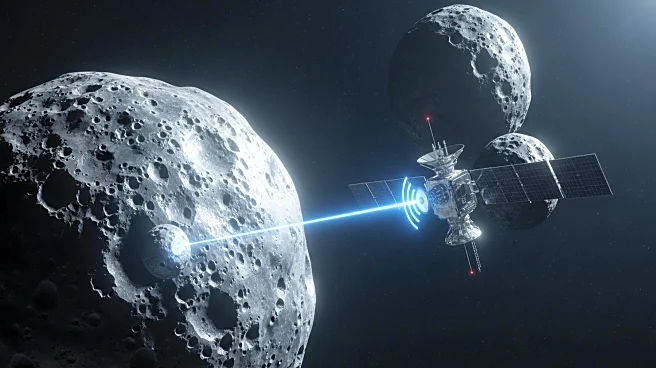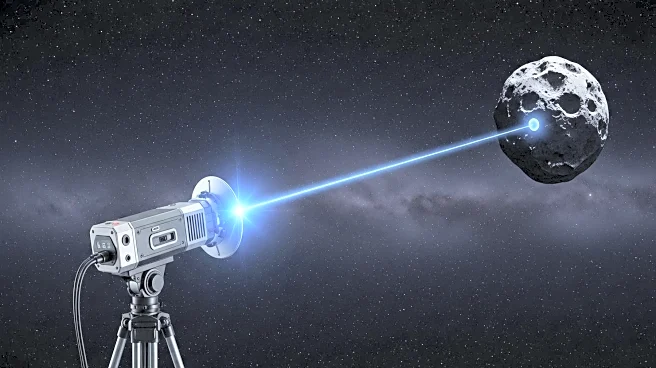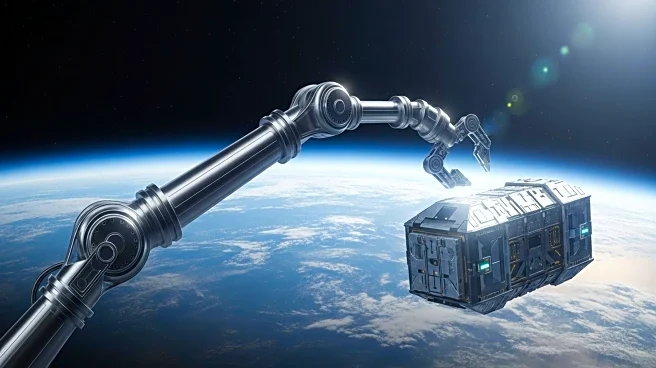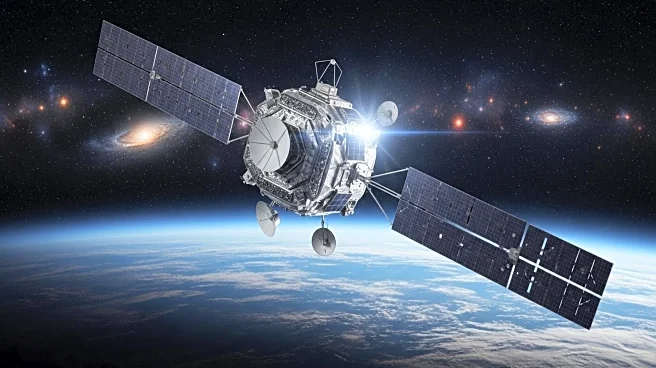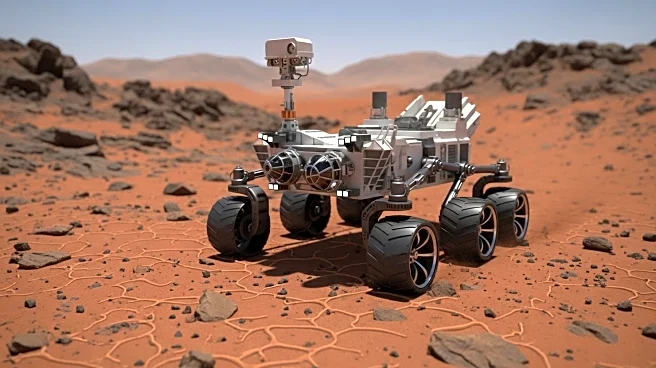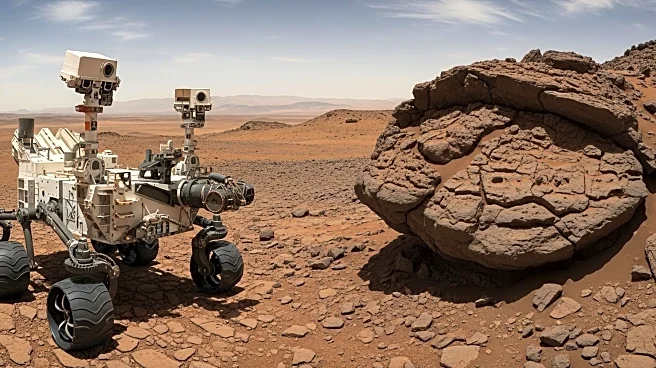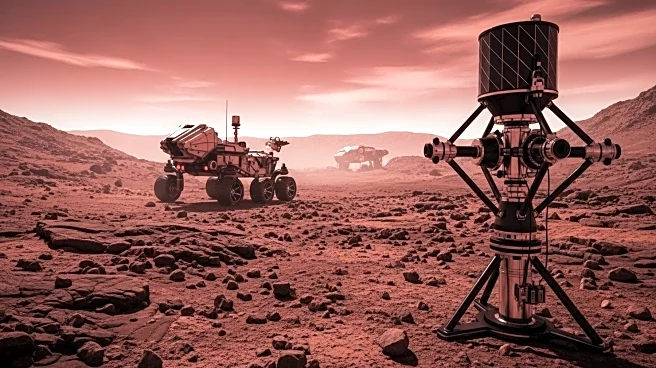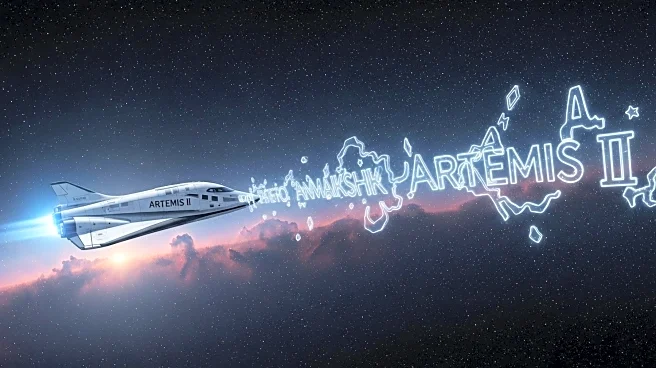What's Happening?
NASA's Deep Space Optical Communications (DSOC) project has successfully demonstrated the ability to transmit data using laser technology over vast distances, comparable to those between Earth and Mars. The project, which launched aboard the Psyche mission in 2023, recently completed its final pass, sending and receiving signals from 218 million miles away. This technology aims to enhance data transfer capabilities for future space missions, allowing high-resolution images and videos to be sent from Mars to Earth. The DSOC project utilized a 200-inch telescope at Caltech's Palomar Observatory to collect and process faint laser signals, proving the feasibility of optical communications in space.
Why It's Important?
The success of NASA's DSOC project marks a significant advancement in space communication technology, potentially revolutionizing how data is transmitted from distant planets. By integrating optical communications with traditional radio frequency methods, NASA can support future missions with higher data transfer rates, akin to household broadband speeds. This development is crucial for upcoming Mars missions, where astronauts will need to send detailed scientific data back to Earth. The ability to reliably transmit data over such distances could accelerate scientific discoveries and enhance the efficiency of space exploration.
What's Next?
NASA plans to continue developing optical communication technologies to support future missions throughout the solar system. The agency will likely focus on integrating these technologies into upcoming Mars missions, ensuring astronauts can send high-resolution data back to Earth. As space exploration evolves, NASA will need to address challenges such as weather events and technical limitations to optimize these communication systems. The success of the DSOC project sets a precedent for future advancements in space communication, paving the way for more ambitious exploration goals.
Beyond the Headlines
The DSOC project's success highlights the importance of technological innovation in overcoming the challenges of space exploration. By pushing the limits of current communication methods, NASA is setting the stage for a new era of discovery, where data can be transmitted more efficiently across vast distances. This advancement not only benefits scientific research but also strengthens international collaboration in space exploration, as other countries may adopt similar technologies for their missions.

